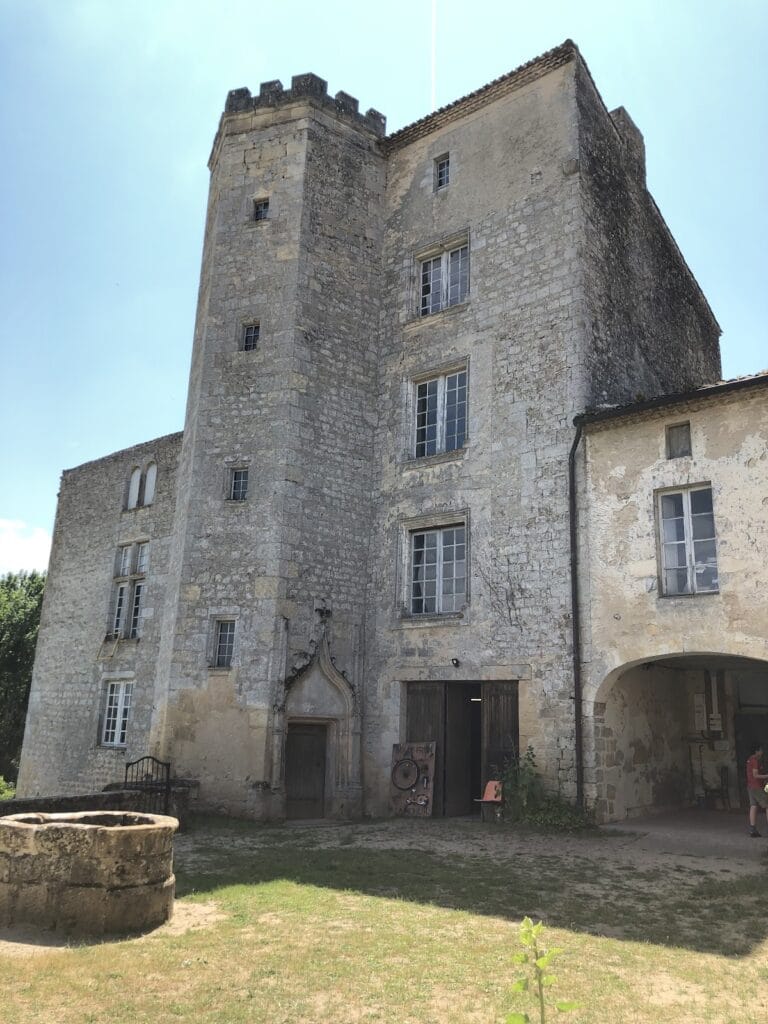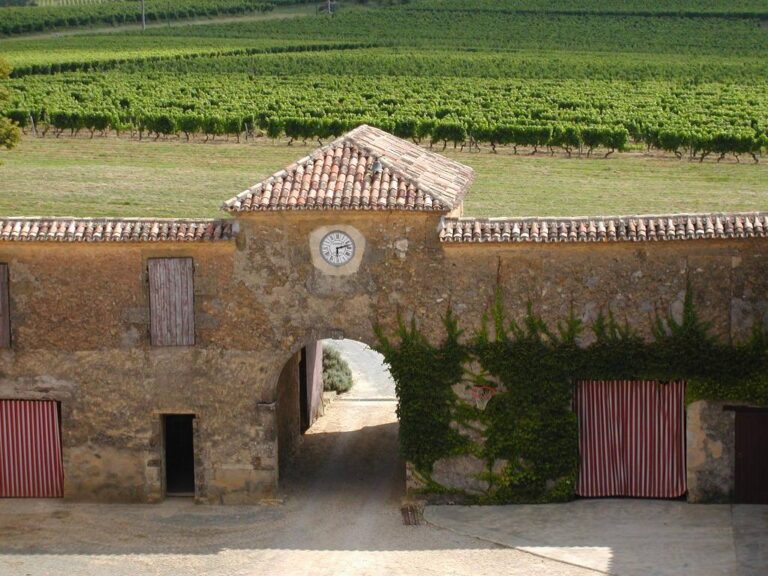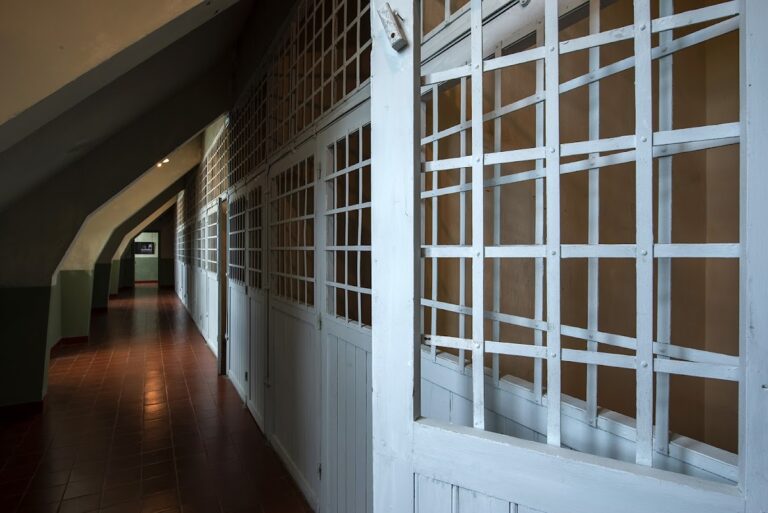Château de Tardes: A Historic Castle in Saint-Macaire, France
Visitor Information
Google Rating: 4.3
Popularity: Low
Google Maps: View on Google Maps
Country: France
Civilization: Unclassified
Remains: Military
History
The Château de Tardes is situated in the town of Saint-Macaire, France. It was originally established by medieval builders, who constructed it as a fortified residence during the 13th or 14th century. Positioned strategically in the southwestern corner of Saint-Macaire, the castle overlooked the Garonne River, serving as a defensive stronghold for the locality.
From the 14th century until the mid-15th century, the château was under the ownership of the d’Arros or de Ros family. Following this period, the property passed into the hands of the Achard family. A significant transfer occurred in 1593 when Étienne Achard sold the estate to Asdrubal de Ferron. Members of the Ferron family subsequently took on the role of captains of the castle, which was also referred to as the house of Carbonnieux by 1637.
In 1562, the château played a part in the religious conflicts of the time. Louis de Tardes, belonging to a family recorded in Saint-Macaire between 1407 and 1574, aligned himself with the Protestant faction during the capture of the town by Symphorien de Durfort, the vicomte de Duras. This episode placed the château within the broader turmoil of the French Wars of Religion.
By the early 17th century, the castle was considered outdated and financially burdensome. Recommendations from prominent figures, including the Duke of Épernon and Cardinal Richelieu, led to a decision to dismantle key structural elements. The fortified keep was gradually taken down, with major dismantling phases recorded in 1747 and later in 1837.
During the 19th century, the ruins of the castle were transformed. A private owner, Dominique Faye, purchased the deteriorating property in 1818 and undertook renovations that incorporated Renaissance stylistic features. This conversion included adding mullioned windows and a hexagonal tower fashioned in a troubadour style, characteristic of romantic architectural revival popular at the time.
The Château de Tardes was officially listed as a historic monument on October 21, 1997, with particular recognition given to its remaining tower and a courtyard well. These elements preserve the legacy of the site within Saint-Macaire’s historical landscape.
Remains
The original structure of the Château de Tardes was centered around a sizeable quadrangular keep, approximately 20 by 25 meters in dimension. This main tower featured walls about three meters thick, built on elevated terrain dominating the southwestern sector of the old town. These massive walls highlight the castle’s defensive purpose during the medieval period.
The courtyard housed a well, which remains a notable surviving feature today. This well contributes to the site’s historical designation and reflects the practical needs of the castle’s inhabitants to secure water within the protective walls.
Throughout the 18th and 19th centuries, the medieval keep underwent partial demolition, leading to much of the original fortress being dismantled. The 19th-century restoration introduced Renaissance-inspired elements such as mullioned windows—windows divided by vertical stone bars—and a hexagonal tower in the troubadour style, which includes a spiral staircase. This tower is a later addition, reflecting the era’s romanticized interpretation of medieval architecture rather than authentic medieval construction.
Today, the castle’s remaining tower and the courtyard well are the main architectural components preserved on site. These features stand as tangible links to both the original fortress and the later Renaissance-style manor that arose from the castle’s ruins, capturing layers of its evolving history.










